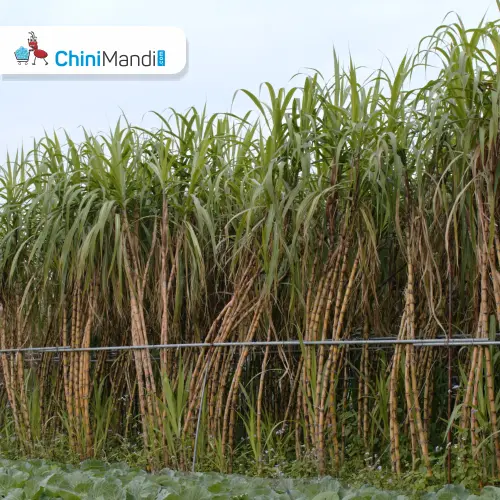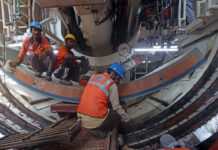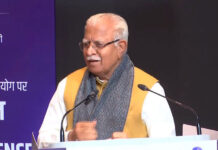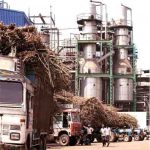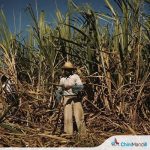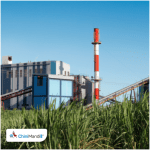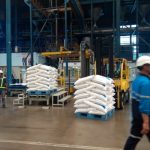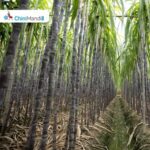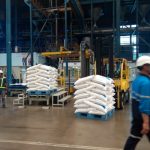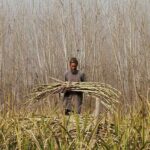A James Cook University research team has developed a ground-breaking tool that uses artificial intelligence and satellite imagery to help farmers fight a major disease in sugarcane. While results so far are promising in the Herbert River District north of Townsville, this is set to revolutionize the way Ratoon Stunting Disease (RSD) is detected and managed by farmers.
According to the James Cook University, led by JCU Research Officer Ethan Waters, Associate Professor of Electrical and Electronic Engineering Mostafa Rahimi Azghadi, and Senior Lecturer Dr Carla Ewels, the project aims to fine-tune this cutting-edge technology over the next year. The team will be supported by a grant from Australia’s Economic Accelerator.
“The original concept was to use satellite imagery data and apply machine learning techniques to process that data for detecting diseases and abnormalities in sugarcane,” explained Associate Professor Azghadi. “This project is a collective effort to move this promising technology beyond its initial phase and bring it to the industry.”
Based on a hypothesis put forward by Mr. Waters in his 2022 Honours thesis, the project involved a partnership between himself and Herbert Cane Productivity Services Limited (HCPSL) to develop a tool that can detect RSD across 72 cane paddocks in the Herbert River District.
“Ratoon Stunting Disease is a significant concern for HCPSL and the global sugar industry because it has no visible symptoms but can reduce cane yield by up to 60 per cent,” Waters said. “We discovered that by using multi-spectral satellite imagery in the near-infrared and short-wave infrared regions, we could gauge water content in the vegetation, which helps identify the presence of the disease. We then trained machine learning algorithms to detect RSD from that satellite imagery.”
Therefore, early detection of diseases in cane, such as RSD, is quite essential for a farmer to save himself from huge losses. “In the worst-case scenario with RSD, losing 60 per cent of your yield could mean losing 60 per cent of your annual income based on the commercial cane sugar content,” said Associate Professor Azghadi. “Early detection allows farmers to take steps to prevent the spread of the disease and improve their yield.”
The work will be expanded to the Burdekin and Tully regions by the JCU team, with several hundred interest expressions in this very innovative tool that can currently analyze five different cane varieties.
“The grant’s primary focus is on detecting RSD, but we plan to expand this technology to other diseases, making it a more comprehensive real-world solution,” Waters added. “We know that the sugarcane industry faces multiple challenges, not just one disease.”
Looking ahead, Waters hopes to enhance the tool’s capabilities to account for more sugarcane varieties and factors like weather conditions and soil type. “Over the past two years, we’ve worked closely with the industry, gained their trust, and gathered more data. This will only improve as we move forward,” he said. “Our goal is to build larger, more generalized AI models that can be applied to all areas of Queensland and eventually to any region where sugarcane is grown.”

